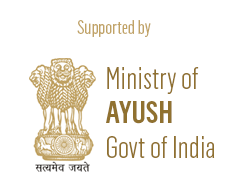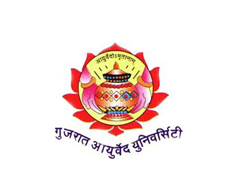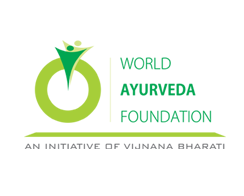

6th May 2019
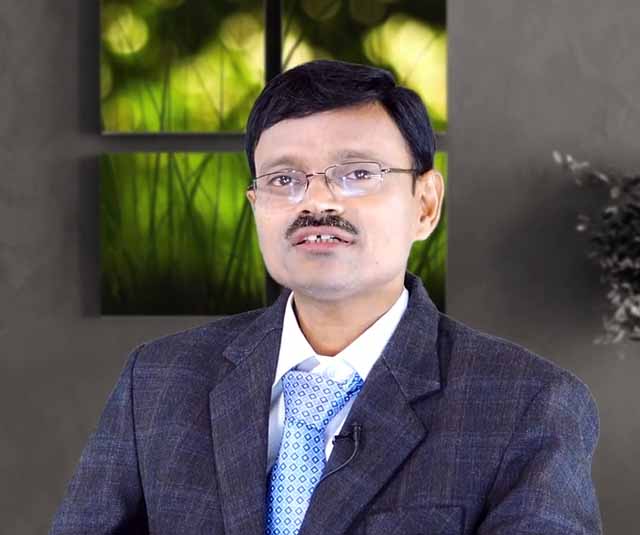
18th May 2019
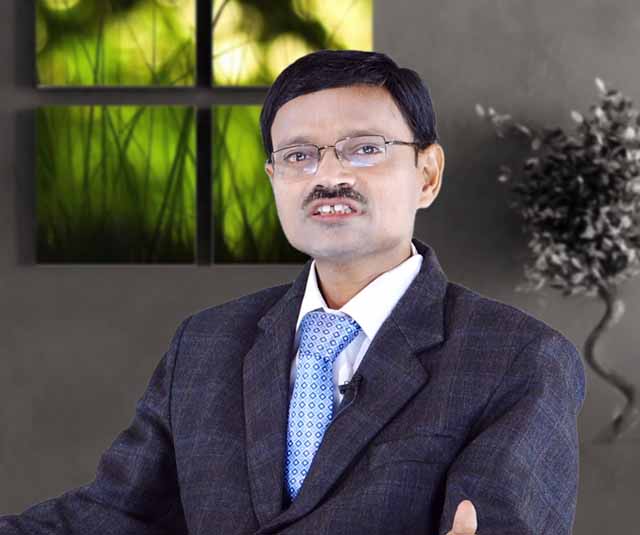
26th Jun 2019
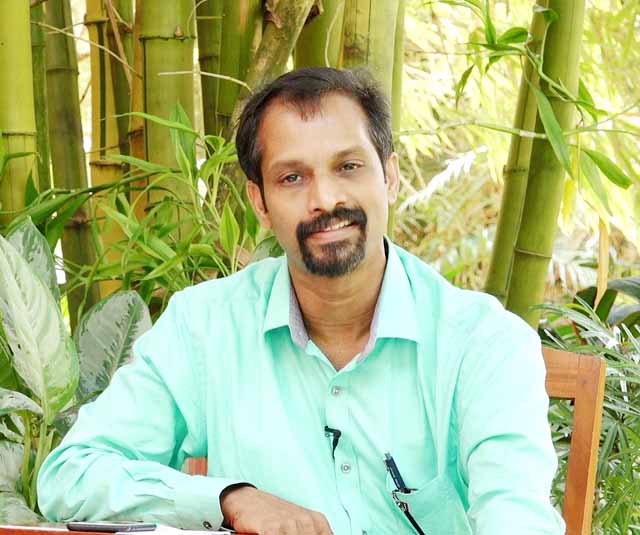
24th Apr 2019
26th Feb 2019
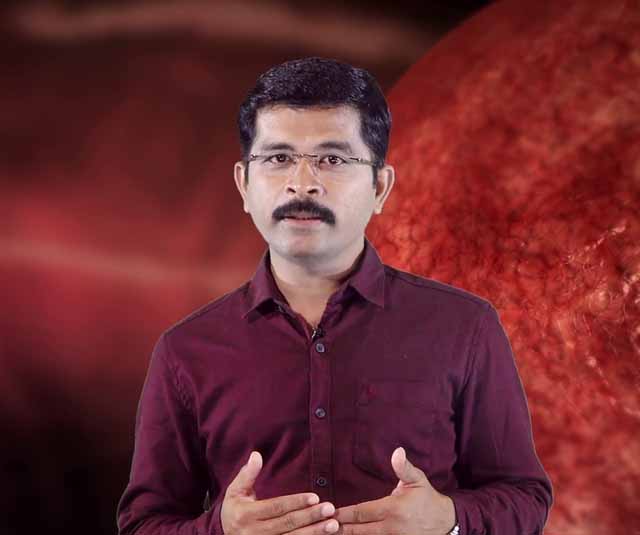
26th Feb 2019
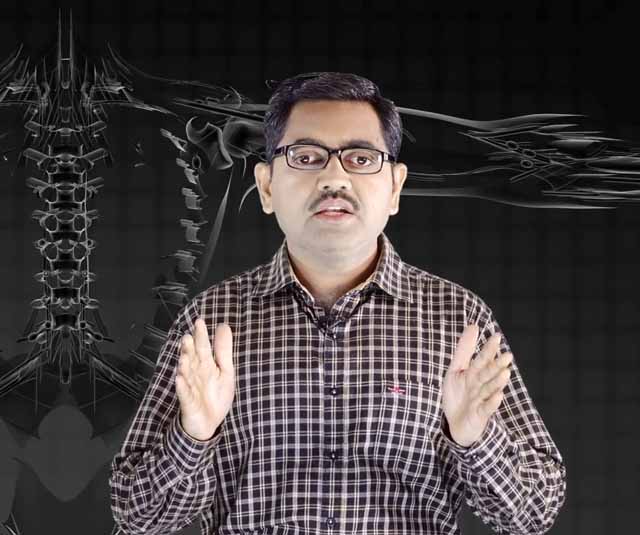
26th Feb 2019
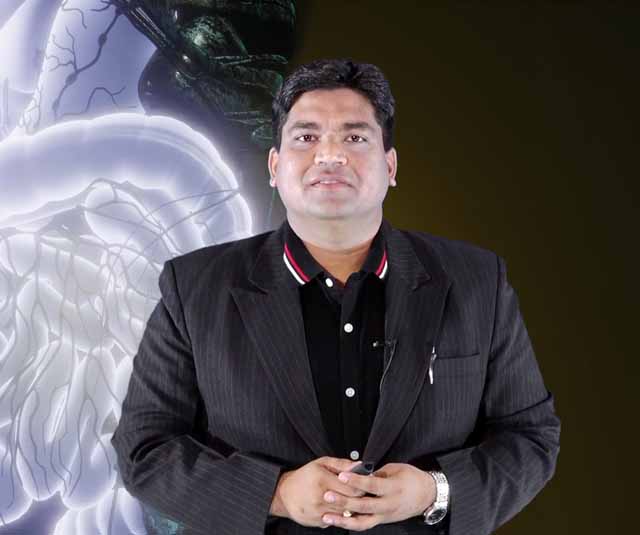
26th Feb 2019
Beeja ,beejabhaga, beejabhagaavayava and garbha linga vinishchaya
By Anup Bhosgikar
This is Video Description section
Beeja, beejabhaga, beejabhagaavayava and garbha linga vinishchaya - Part B
By Anup Bhosgikar
This is Video Description section
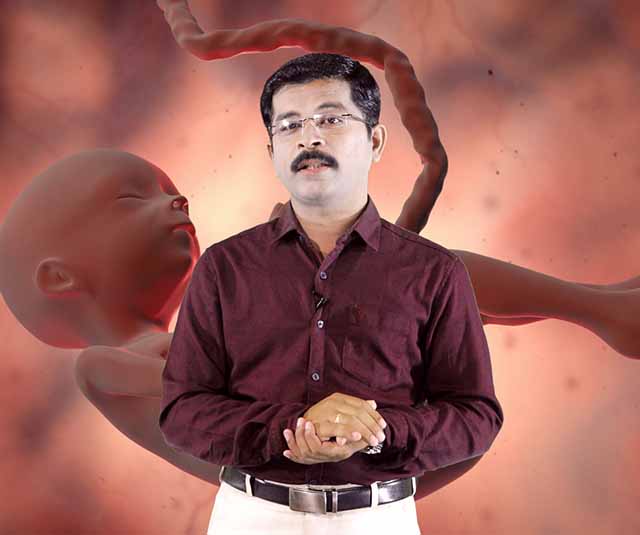
Sattva or Mana as a factor in embryogenesis: Sattva is definitely selfproduced or has relation with the body of previous life. The Sattva being constantly associated with Jiva e...
The causative factor of the fetus include Mother, father, ahara Rasa (through the rasa derived from maternal diet for supplying nourishment to the embryo), and Atma (encircling ...
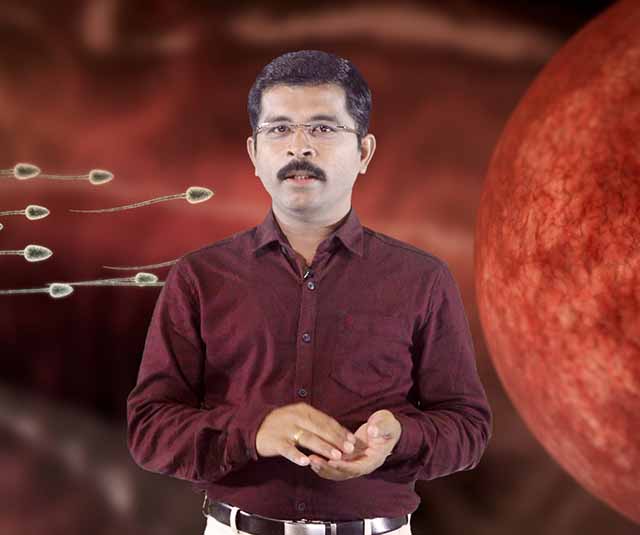
When the orifices of minute artavaha srotas are occluded by growing fetal mass, menstruation stops, because of same cause. Unexpelled artava ascends up due to occlusion of downw...
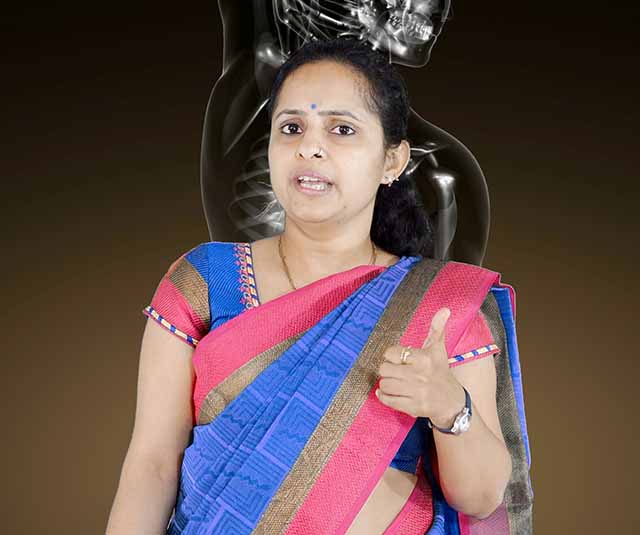
Vitiation of mamsa dhatu causes many diseases. It can be affecting Peshi also. It may be local or affecting the whole body depending up on the cause.Abnormalities related to gar...
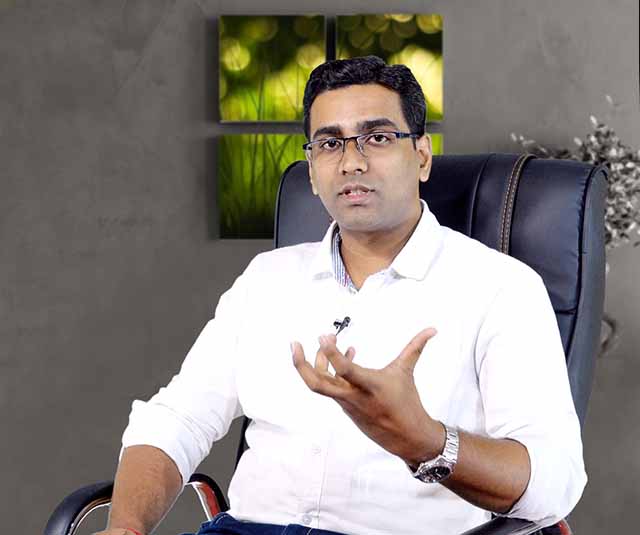
There are two types of srotas. Antarmukha srotas and Bahirmukha srotas. Later includes all external orifices such as nasa, karna. Total number is nine. Antarmukha srotas are int...
.jpg)
Development of every minute body parts in fetal life is discussed here. Acharya susruta, explained shukra of male and shonita of female when get united in the garbhashaya they a...

Beeja means both the gametes such as pumbeeja is the shukra and streebeeja is the shonita. The beejabhaga is the component lying inside the beeja that produc...
Sushruta mentioned Kala in Sharirastana, in “Garbhavyakaranam sahreeraadhyaya” as Kalas are internal linings between Dhatu and Ashaya and these are seven. These are develope...
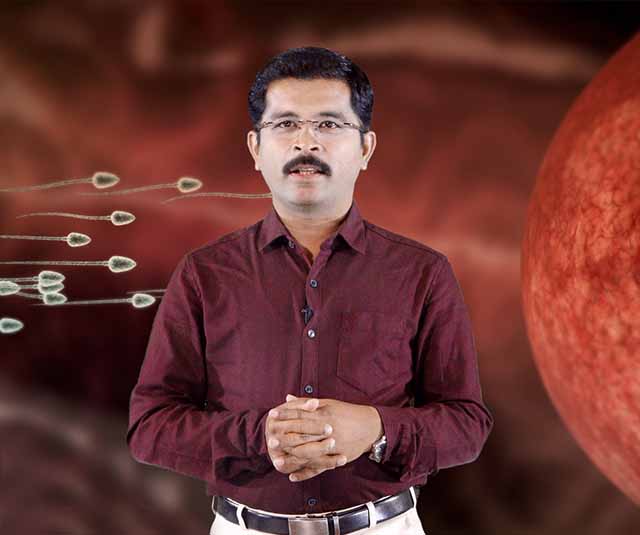
The term Garbha indicates begining of life in mother\'s womb, as a result of garbhadhana karma or fertilization of sukra and artava. There are many factors involved in this proc...

In Ayurveda month wise development of fetus has been discussed under heading of “Maasanumasikagarbhavriddhi” with the intention of explaining, minute and gross structural an...
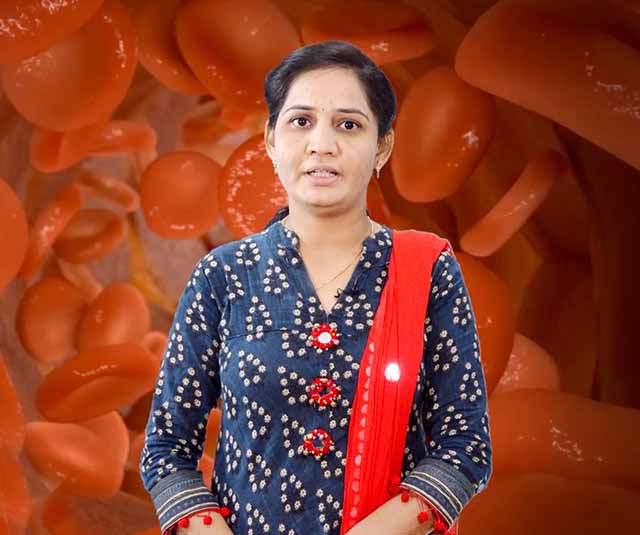
Rakta is the second dhatu which gives colour. It is formed from essence of rasa dhatu, by the action of raktagni, at yakrut and pleeha.It is predominantly of agni and jala mahab...

‘Kriya’- Any action or treatment done to make dosha samyatha.•‘Kala’- Time period of each stage ( avastha) during the progression of a disease. Acharya vagbhata ...
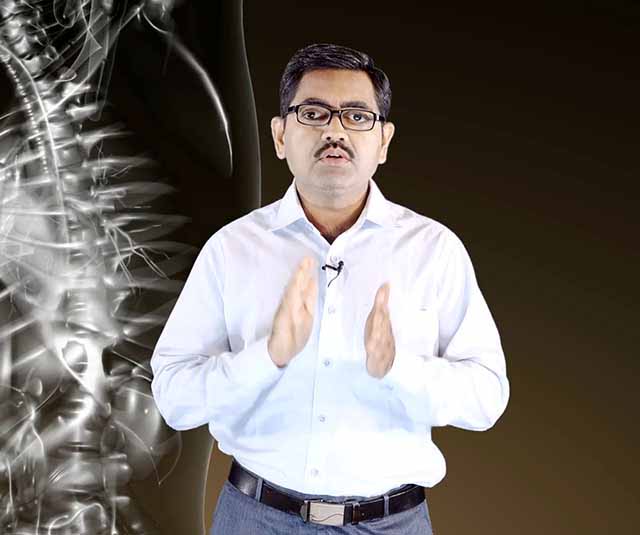
The word Sandhi means, where any similar type of two structure meet with each other, like Asthisandhi, Siraasandhi, Pesheesandhi, Snaayusandhi etc. In relation to this chapter S...
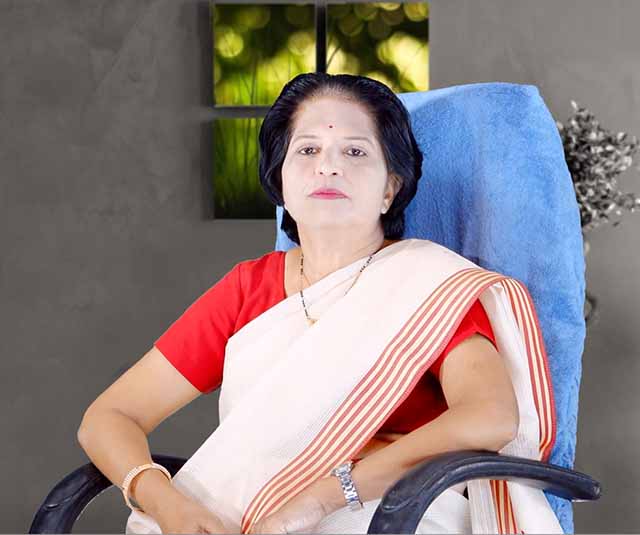
\"The most hard substance of the body which remains even after burning is called asthi. According to Ayurveda the osseous tissue are Parthiva (or predominated by Prithvi Mahabhu...
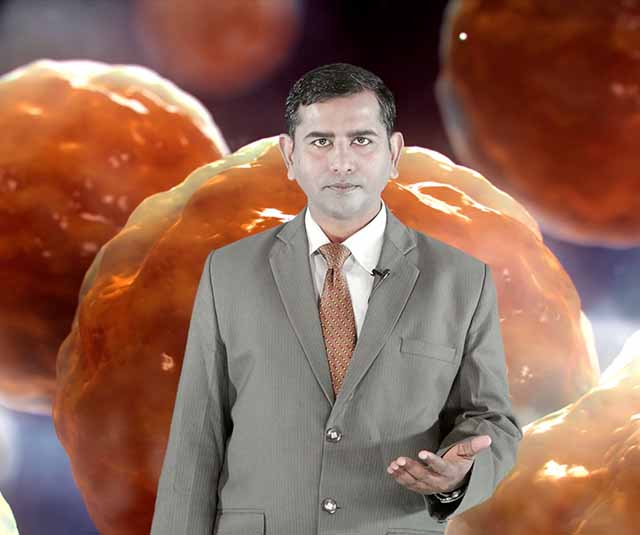
The word meda means the sense of oleation. It is forth dhatu of the body, derived from pruthvi and jala mahabhoota. Medovaha Srotas are the channels through which the Poshaka or...

Kapha consists Jala i.e. water as a major part. Similarly Kapha has the main function of binding together the smallest unit of body i.e. shleshana. Dalhana describes this proper...
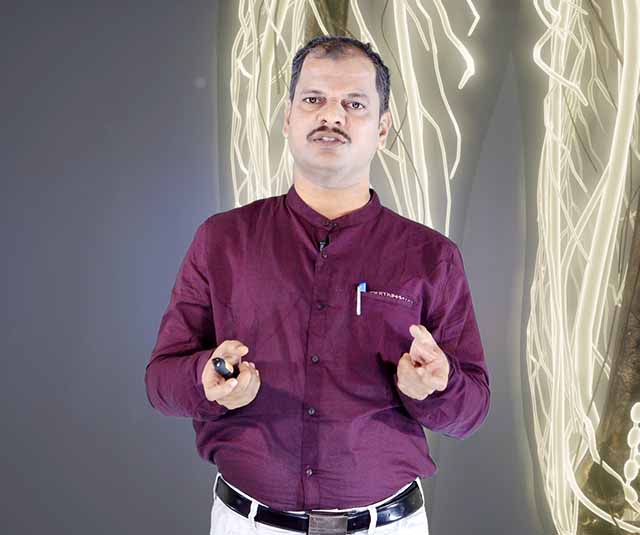
\"Sira is that structure where the substance moves or carries from one place to another place, it is a tubular hallow structure.There are total 700 siras in the body including s...

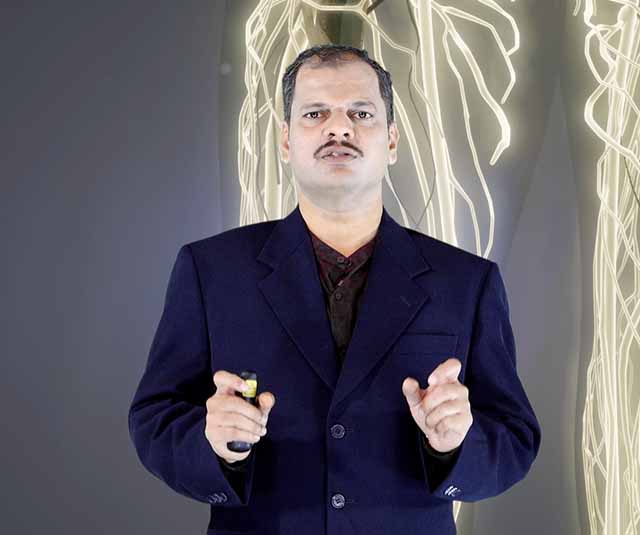
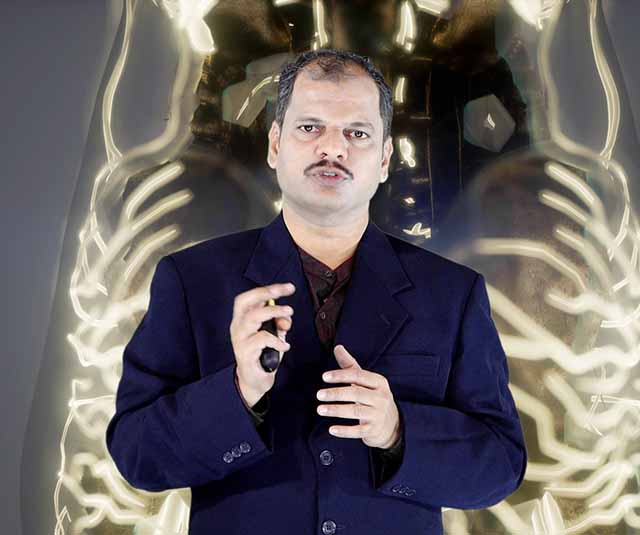
\"Dhamani is that structure in which flow takes place with pulsation. Nabhi is considered as mulasthana of dhamani and sira. Total 24 dhamanis are mentioned by Sushruta. Where a...

Paribhasha shaareera deals with defenition and explanation of some technical terms in shaareera such as Kurcha,Kandara , Jaala, Asthisanghat, Seemanta, Seevani, Rajju, Snaayu, a...
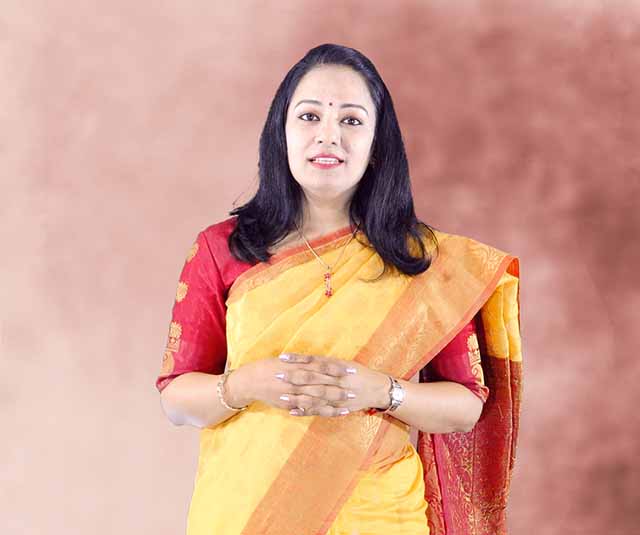

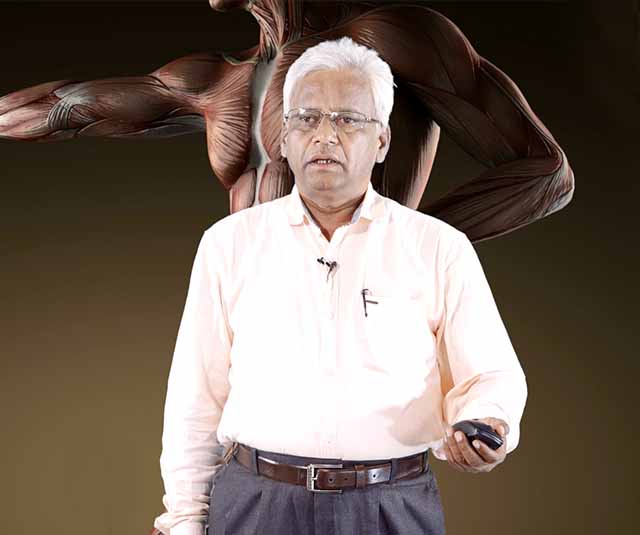
Pramana shareera depicts the importance of measurements of the body or anthropometry. A body having proper measurements of organs is endowed with longevity, strength, ojas, happ...
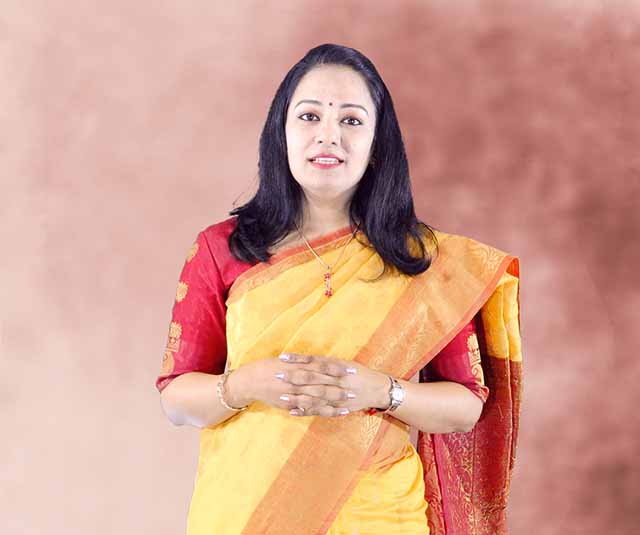
Qualitatively and quantitatively speaking of two kinds of ojas, parā ojas is the factor which sustains life while aparā ojas is claimed to be responsible for the immune stren...
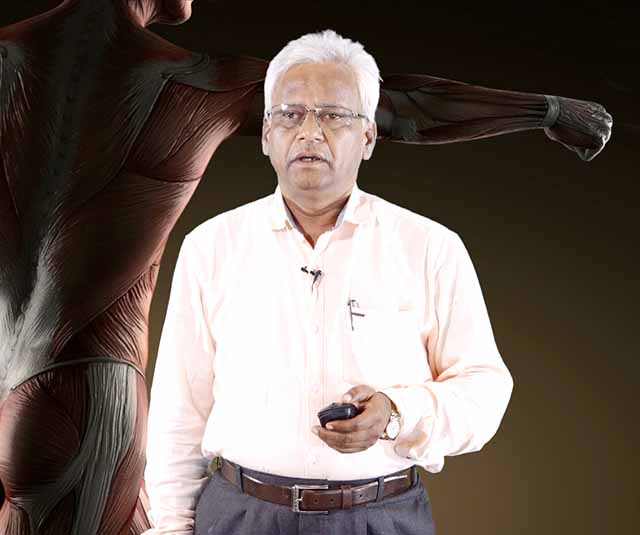
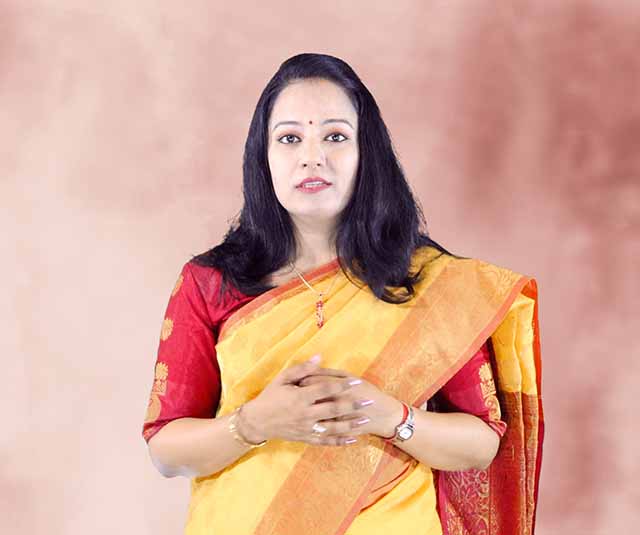
Oja is Sanskrit word, stands for ‘vigour’ and it is the ultimate potent part from all dhatus and determinant of our immune status. Oja is the determinant factor of immunity,...
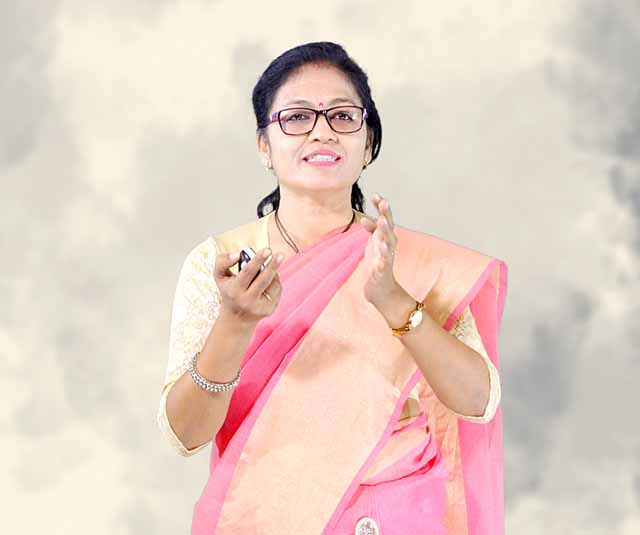
Assessment of prakruti, is a type of clinical examination which you have to do it by darshana, sparshana and prashnana pareekshaa. Examine some basic parameters, but this may va...
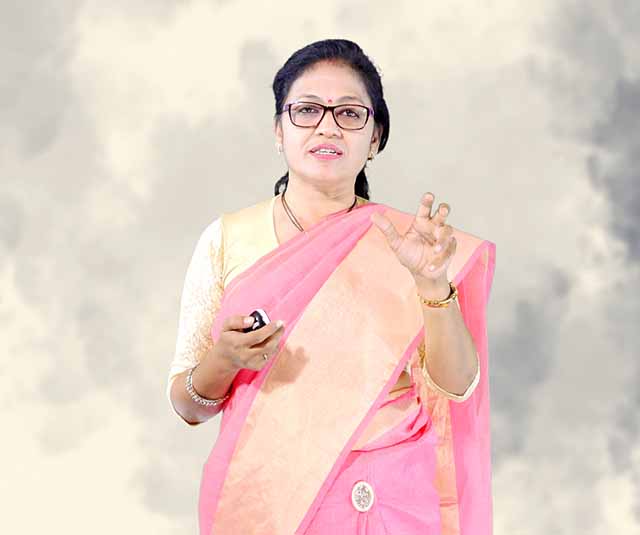
In deha prakruti, eka doshaja prakruti formed exclusively by the predominance of single dosha, is rare. dvidoshaja prakruti by predominance of two doshas are most commonly seen....
Asthi is hardest of all dhatu. It is the last dhatu in decomposition. it is composed of pruthvi, vayu and agni mahabhoota. Dharan– Support, Posture, Gait, Samrakshan –...
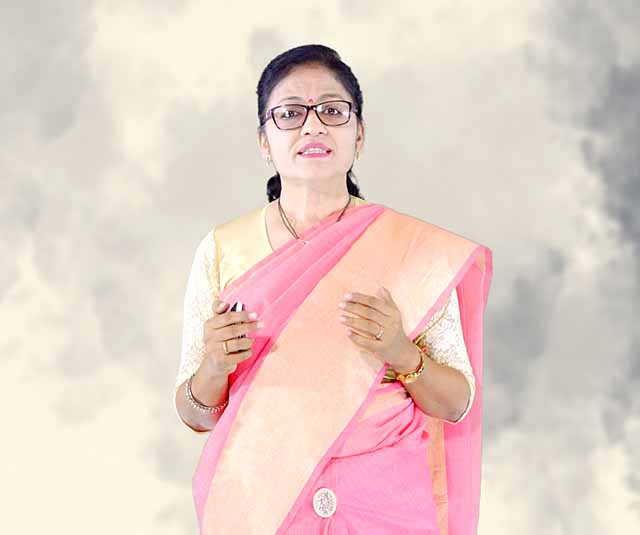
Prakruti is mainly divided in 4 types-Doshaja / deha prakruti = 07, Maanasa prakruti = 16 (saatvika – 07; raajasika – 06 & taamasika – 03),Bhautika / pancabhautika pra...
Sukra is the seventh dhatu of the body, formed from essence of all other dhatus. eventhough it is present through out the body, it is expressed out during sexual act. During ver...
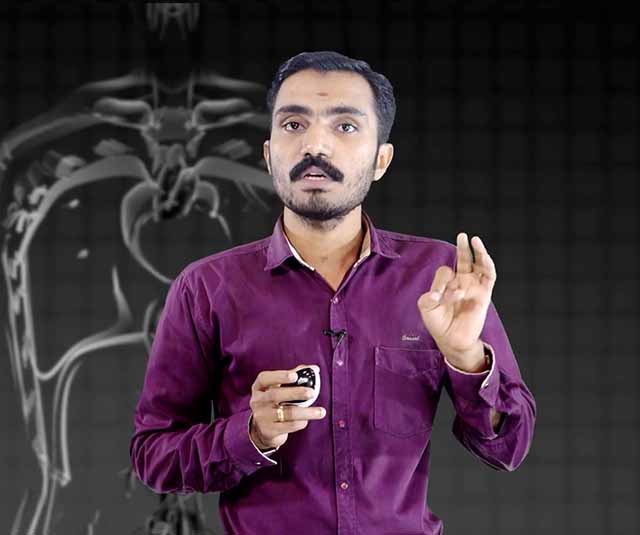
Marmas are the vital Points/fatal spot in the body. Three varities of Marma are in Practiced now.Abhyasa Marma are Kalari Marma, Agastya Marma are Siddha Marma, Ayurveda Marma.M...
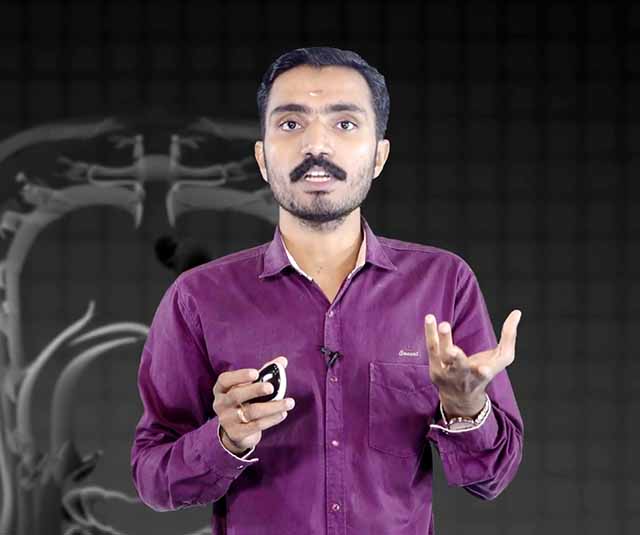
Based on structure marmas are classified in to mamsa, Sirā, Snāyu, Asthi, Sandhi and Dhamani. Based on prognosis, and effect on injury, marmas are sadyo pranahara, kalantara p...
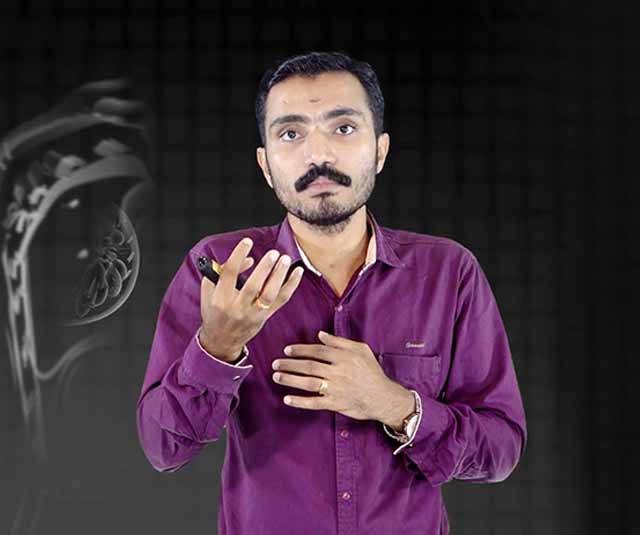
Sadhyapranahara Marma are 19, Kalantara pranahara Marma 33, Vaikalyakara Marma 44, Vishalyaghna Marma 03, and Rujakara Marma 08
Prakruti which is the basic constitution of an individual is today reflected under the name of human genomics.The thought of inheritance of physical structures, physiological ac...
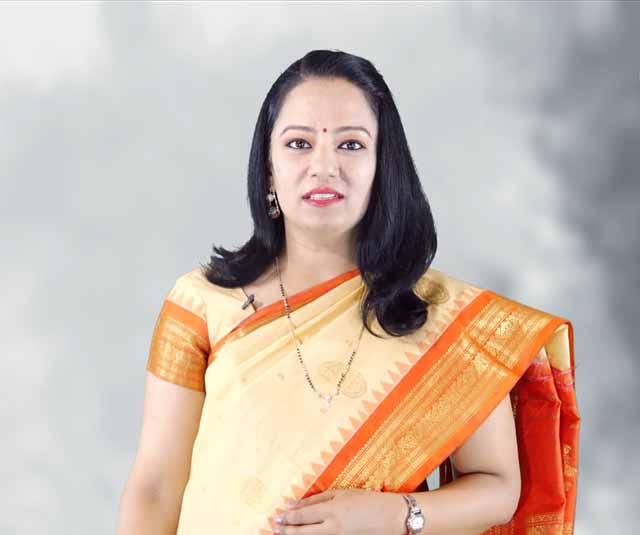
In order to perform all physiological functions Vaata, Pitta and Kapha pervade the whole body.Kapha Dosha is a bio element from Tridosha which maintains, support, preserve ...
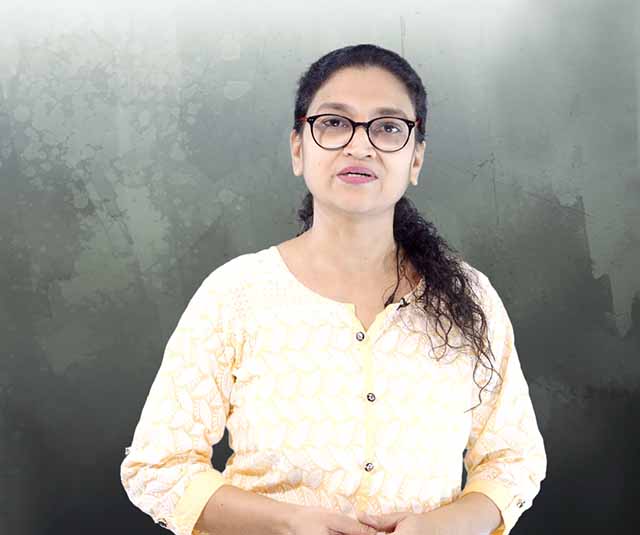
Dosha, dhaatu & mala are root factors of living body.Dhaatu - stabilizing pillars of the body. That which supports and nourishes the body is called dhaatu. Dhaatu are genera...
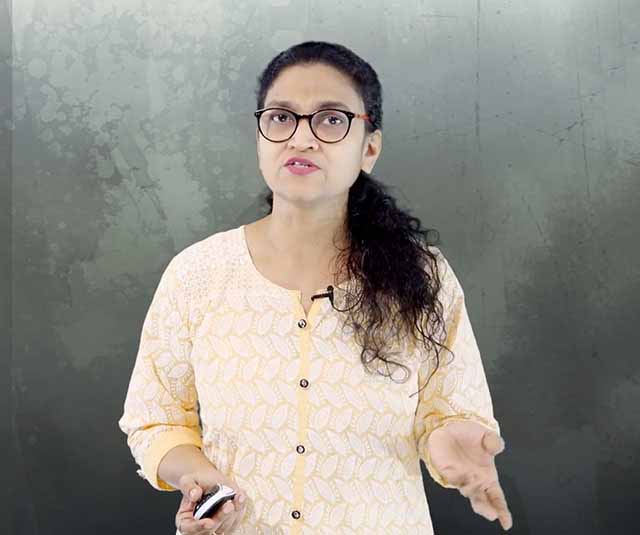
Dhaatu which is being continuously circulated in body is called rasa dhaatu. Jala mahaabhoota is predominantly present in rasa dhaatu. its centre is hrudaya. it is formed from a...
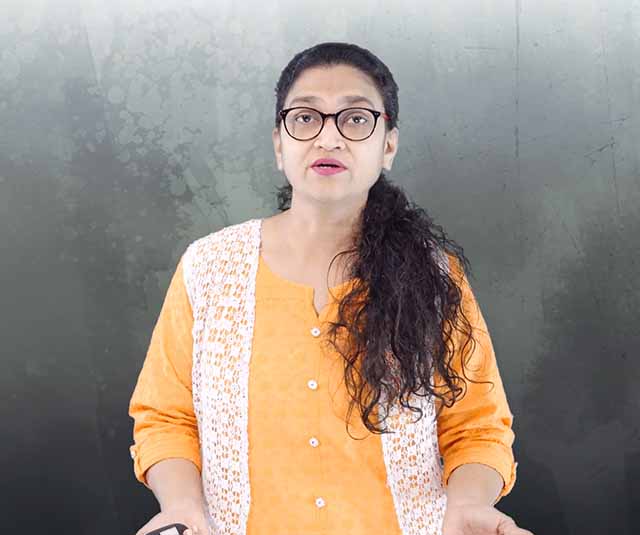
Upadhatu are by-products of dhatuposhana krama or metabolic cycle, with specific beneficiary actions in the body. Main upadhatus are stanya, artava, kandara, sira, tvak, snayu etc.
Vata dosha is first among tridosha formed out of vayu and akasha mahabhootas. it is the one which controls and moves other two doshas. the term vata is derived from dhatu \"va\"...
Based on the direction of movement and seat, vaata is considered as five. The type of vata moving forward, and centered at moordha is Praana. Udana is the one which is situated ...
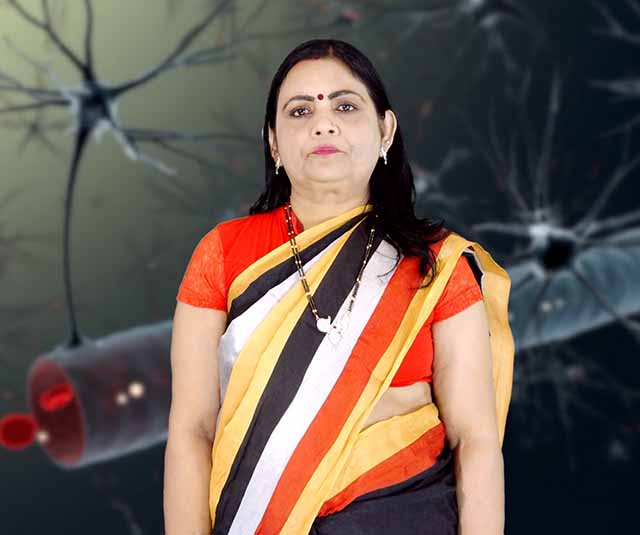
Tantra has two sanskrit meanings. Tanoti means expands & Trayoti means liberates. It is the system by which you liberate the purusha and prakriti. This has two major entitie...
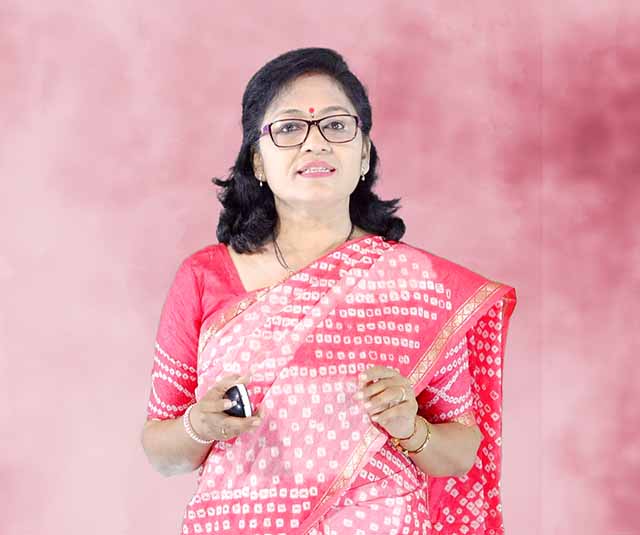
Consuming food is an inborn instinct. Food is important for the adequate supply of nutrient, water, trace elements and vitamins required for growth and replenishing the needs of...
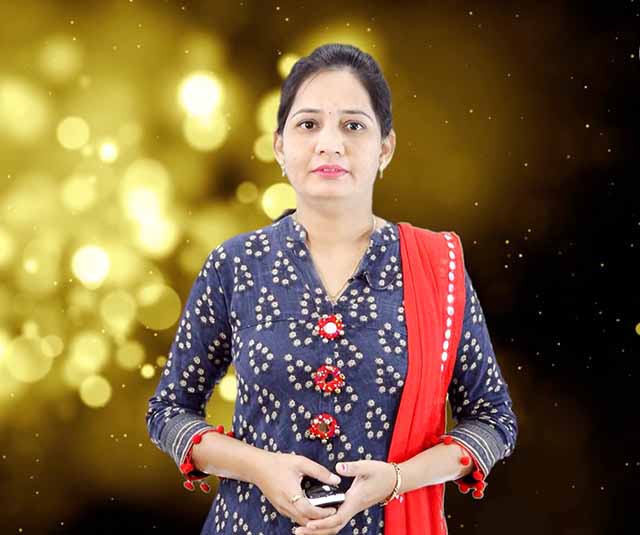
Ayurveda recognizes Nidra (Sleep) as fundamental need of human being to maintain physical as well as mental health. Due to which body gets relaxed is called Nidra. When mind get...
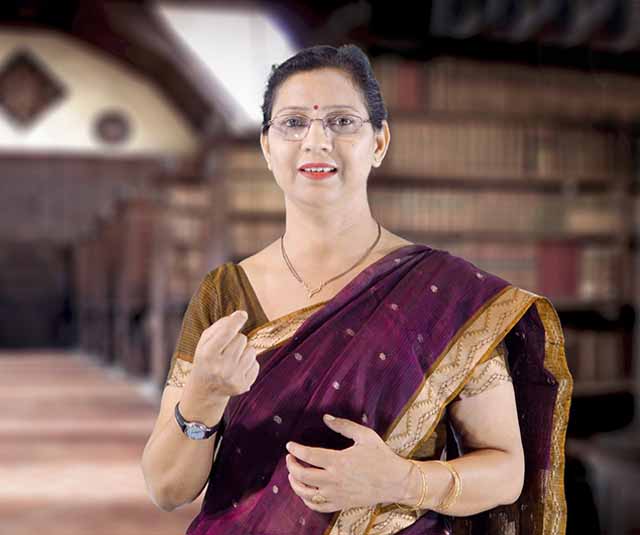
Pitta is one among tridoshas,Which generates warmth / heat in the body.Pitta is predominantly tejas and jala mahabhoota.It converts nutrients in Dosha - Dhaatu- Mala and t...
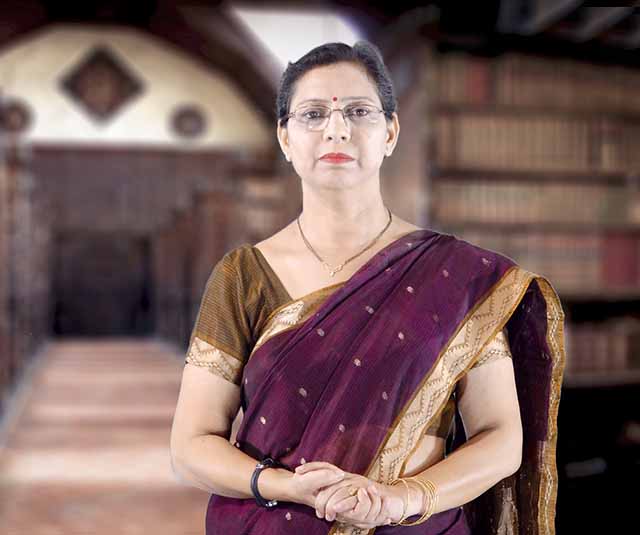
Pitta is divided in to five based on the seat and type of action. They are Pachaka, Bhrajaka, Ranjaka, Alochaka, and Sadhaka.
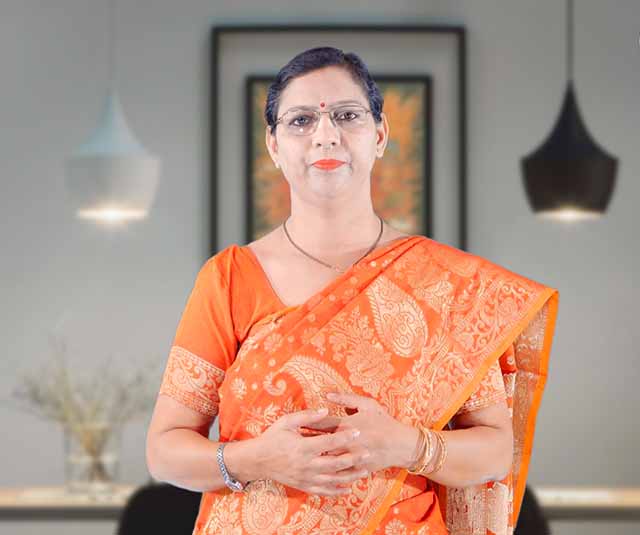
The term Agni means which moves forward. In the context of living organism it is the one which maintains integrity and performs vital activities by converting anna and dha...
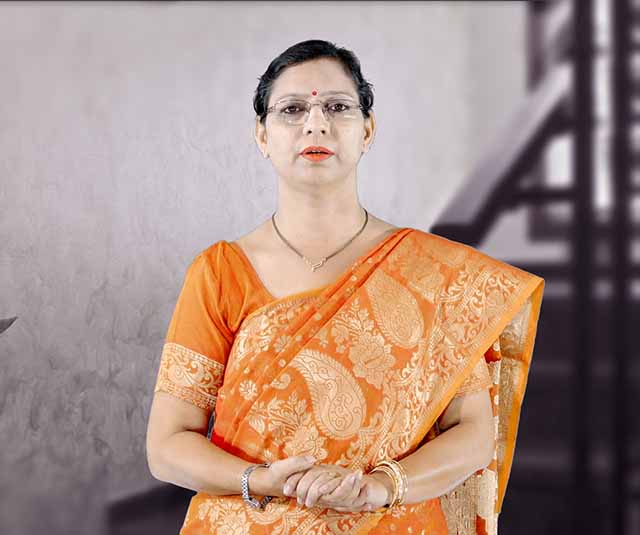
\"Dhatvagni is a term representing the power of conversion at dhatu level. the poorva dhatu is converted to uttaradhatu after paaka by dhatvagni, and mala is expelled. They are ...
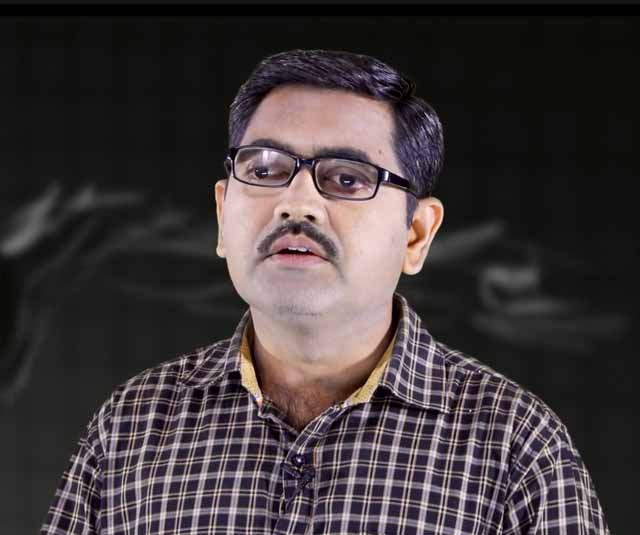
The clearly demarcated portion of Mamsadhatu is known as Peshee, it is the collection of thin fibres of Mamsadhatu separated with each other by Mamsadhara Kala and work as an in...
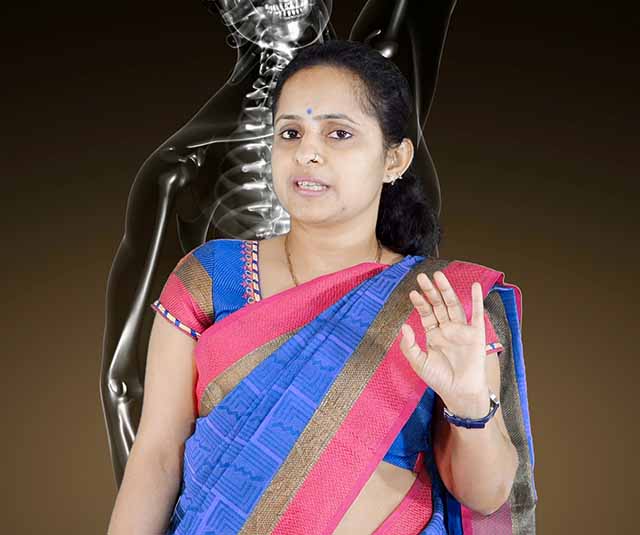
Mamsa dhatu is third among sapta dhatu, and it Provides Bulkiness, Covers all organ in Presentations like Peshi, Snayu etc. main functions are – akuncana (contraction), Prasar...
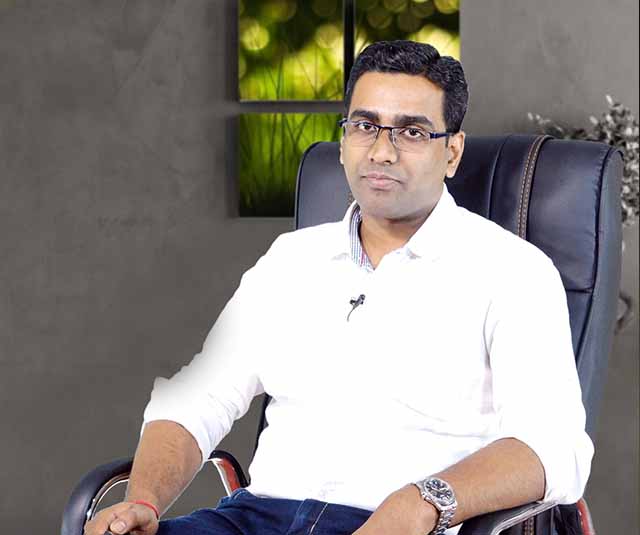
Srotas refers to a current, stream, torrent, channel, or course. That which allows something to flow through it is called srotas/channels.In our body no dravya can be formed wit...

Koshta is otherwise known as mahasrota. The word koshta and ashaya refers to space inside the body containing different organs. Koshtangas are those contents or organs of kosh...
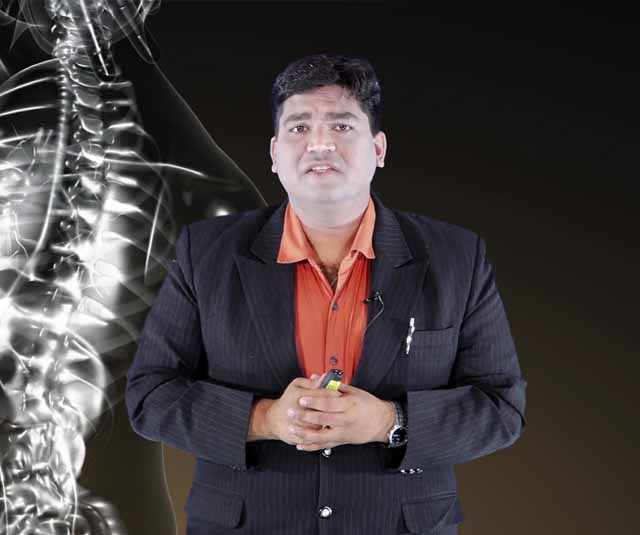
Dosha dhatu and mala are the three basic principles of life. Dhatu nourished the body, supply nutrients to the other vital tissues, supports the body and keeps the body health...
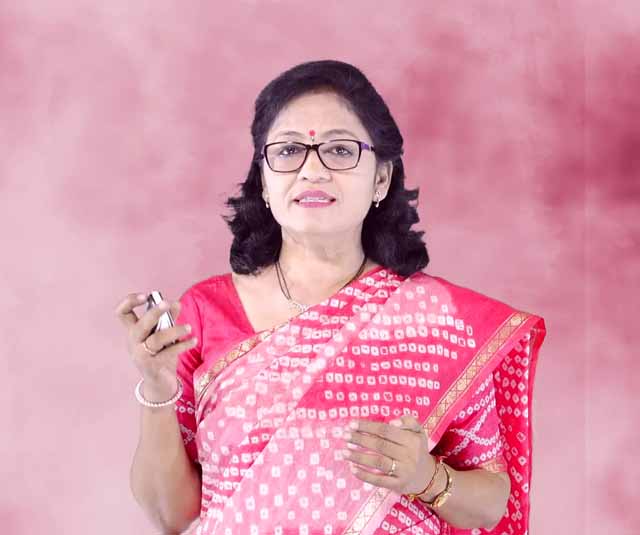
The term kriyaa means karma / activity / function / movement / action.The study of different natural functions or activity of the body is called as kriyaa shaareera.According to...

Food is essential for life therefore food is called Pranam means vital for life.Such food is then digested for the sake of increasing span of life and divided in to Rasa &...
